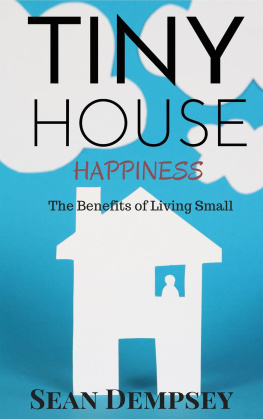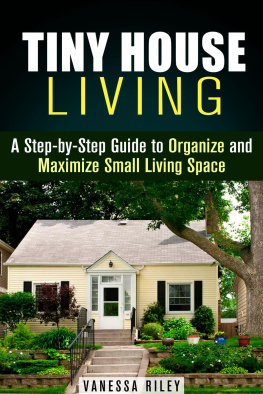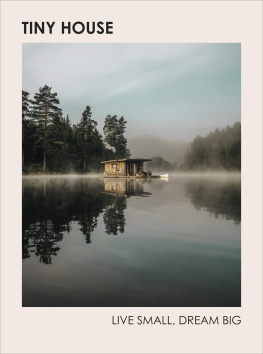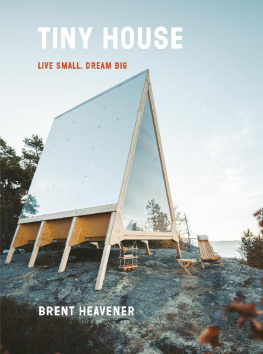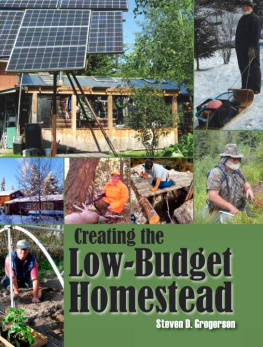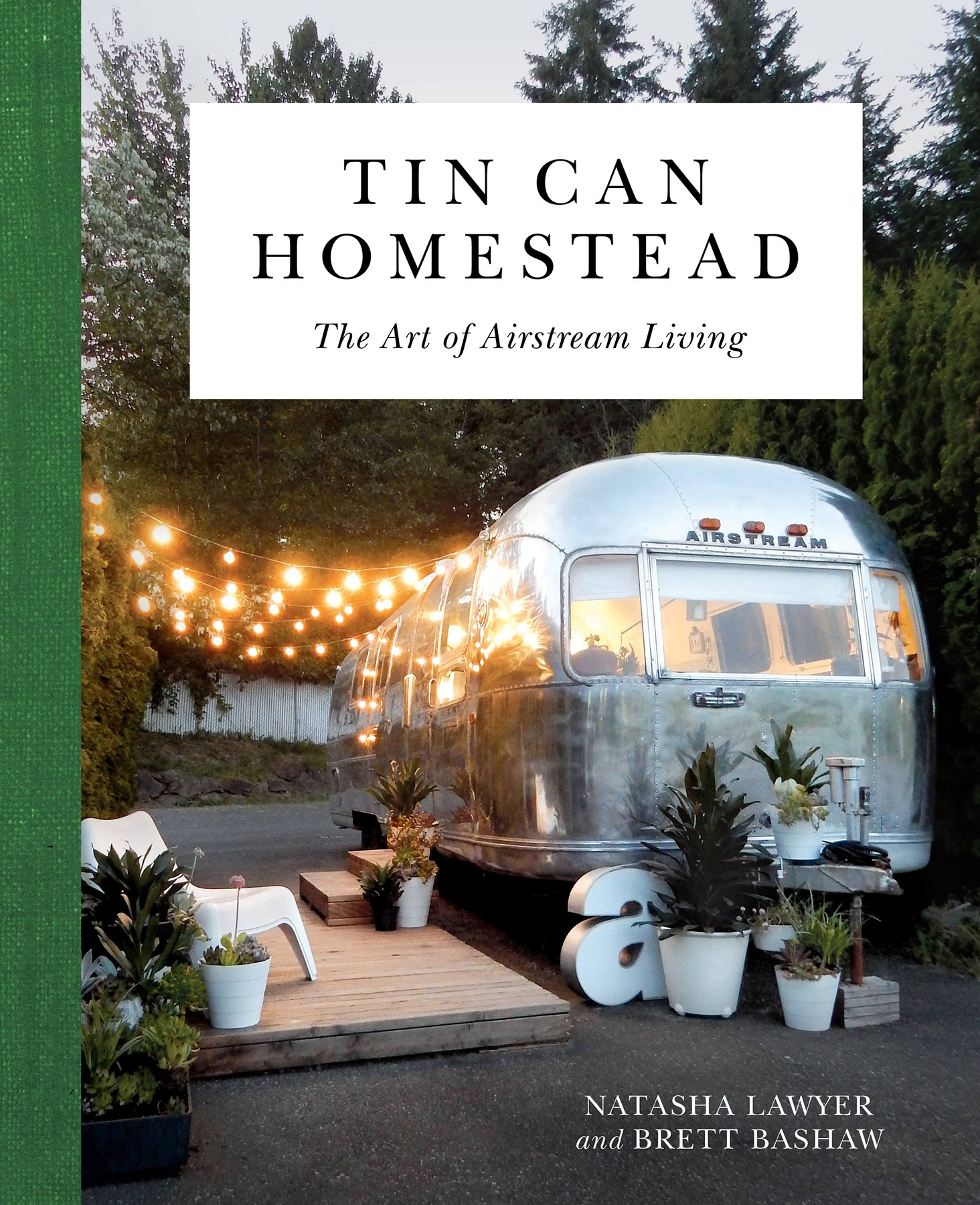Copyright 2018 by Natasha Lawyer and Brett Bashaw
Hachette Book Group supports the right to free expression and the value of copyright. The purpose of copyright is to encourage writers and artists to produce the creative works that enrich our culture.
The scanning, uploading, and distribution of this book without permission is a theft of the authors intellectual property. If you would like permission to use material from the book (other than for review purposes), please contact permissions@hbgusa.com. Thank you for your support of the authors rights.
Running Press
Hachette Book Group
1290 Avenue of the Americas, New York, NY 10104
www.runningpress.com
@Running_Press
First Edition: May 2018
Published by Running Press, an imprint of Perseus Books, LLC, a subsidiary of Hachette Book Group, Inc. The Running Press name and logo is a trademark of the Hachette Book Group.
The Hachette Speakers Bureau provides a wide range of authors for speaking events. To find out more, go to www.hachettespeakersbureau.com or call (866) 376-6591.
The publisher is not responsible for websites (or their content) that are not owned by the publisher.
Illustrations and photographs copyright 2018 by Natasha Lawyer, except those specified .
Photographs here copyright 2018 by Ellie Lillstrom
Library of Congress Control Number: 2017961719
ISBNs: 978-0-7624-9144-5 (hardcover), 978-0-7624-9145-2 (ebook)
E3-20180209-JV-PC
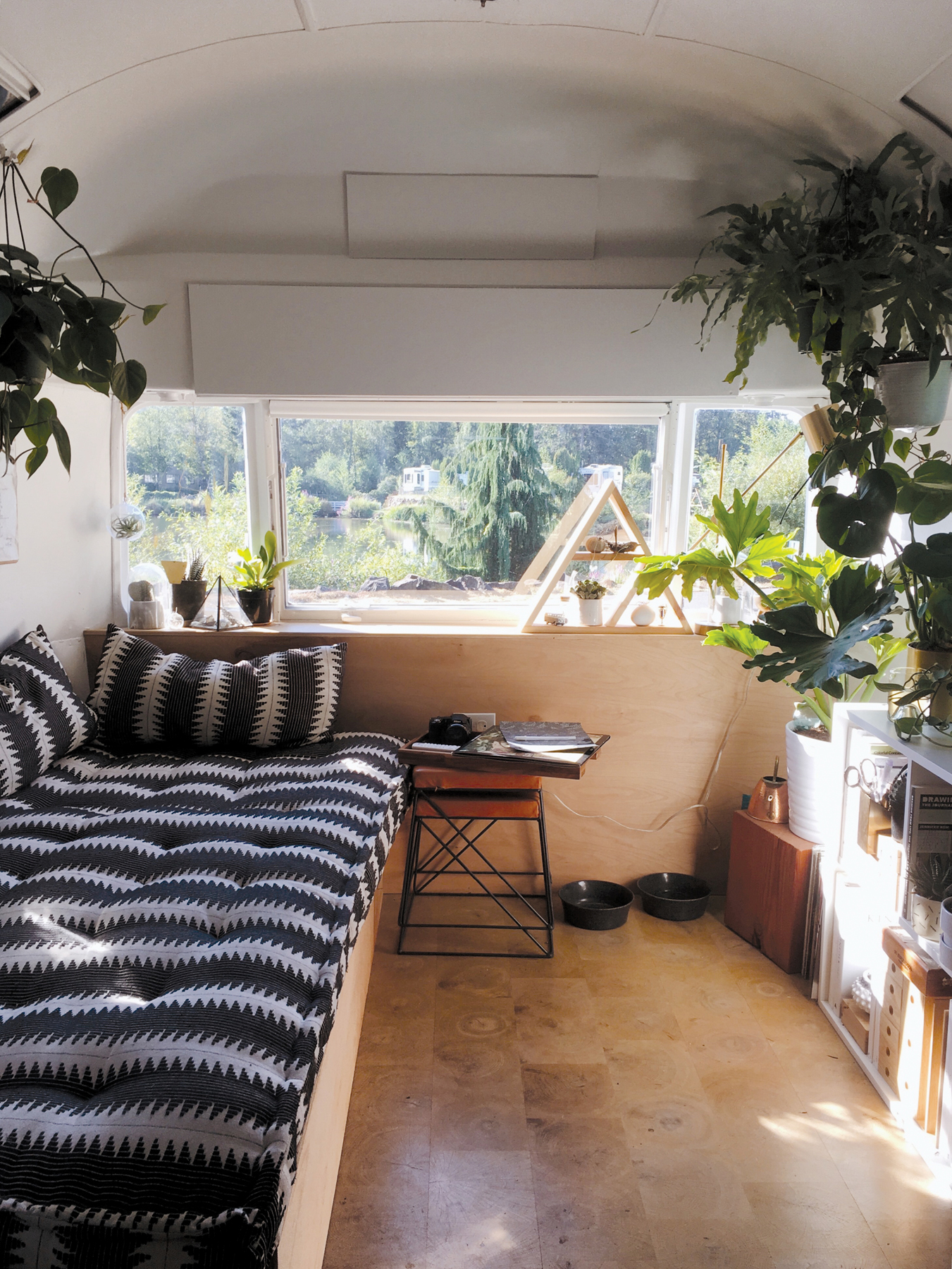
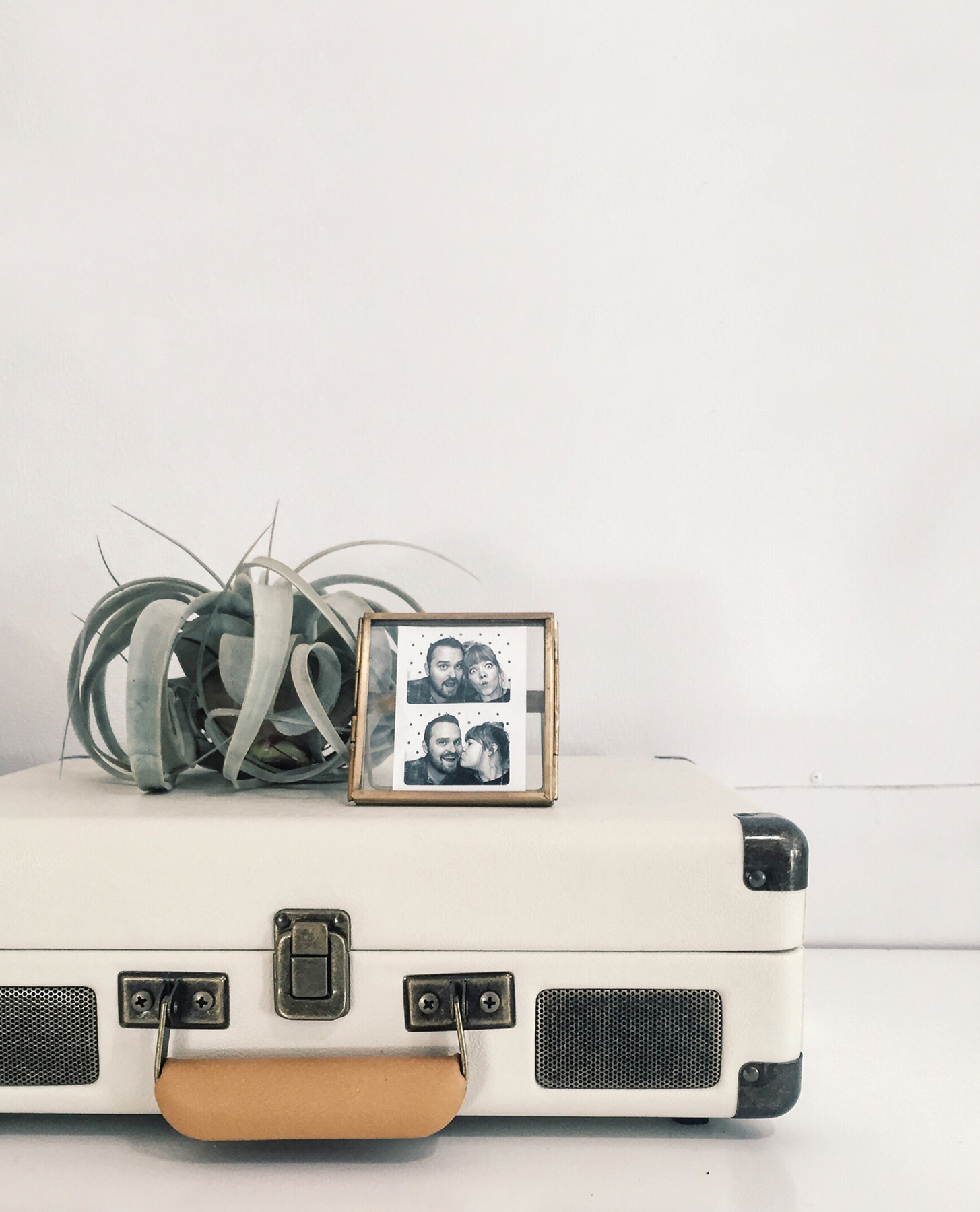
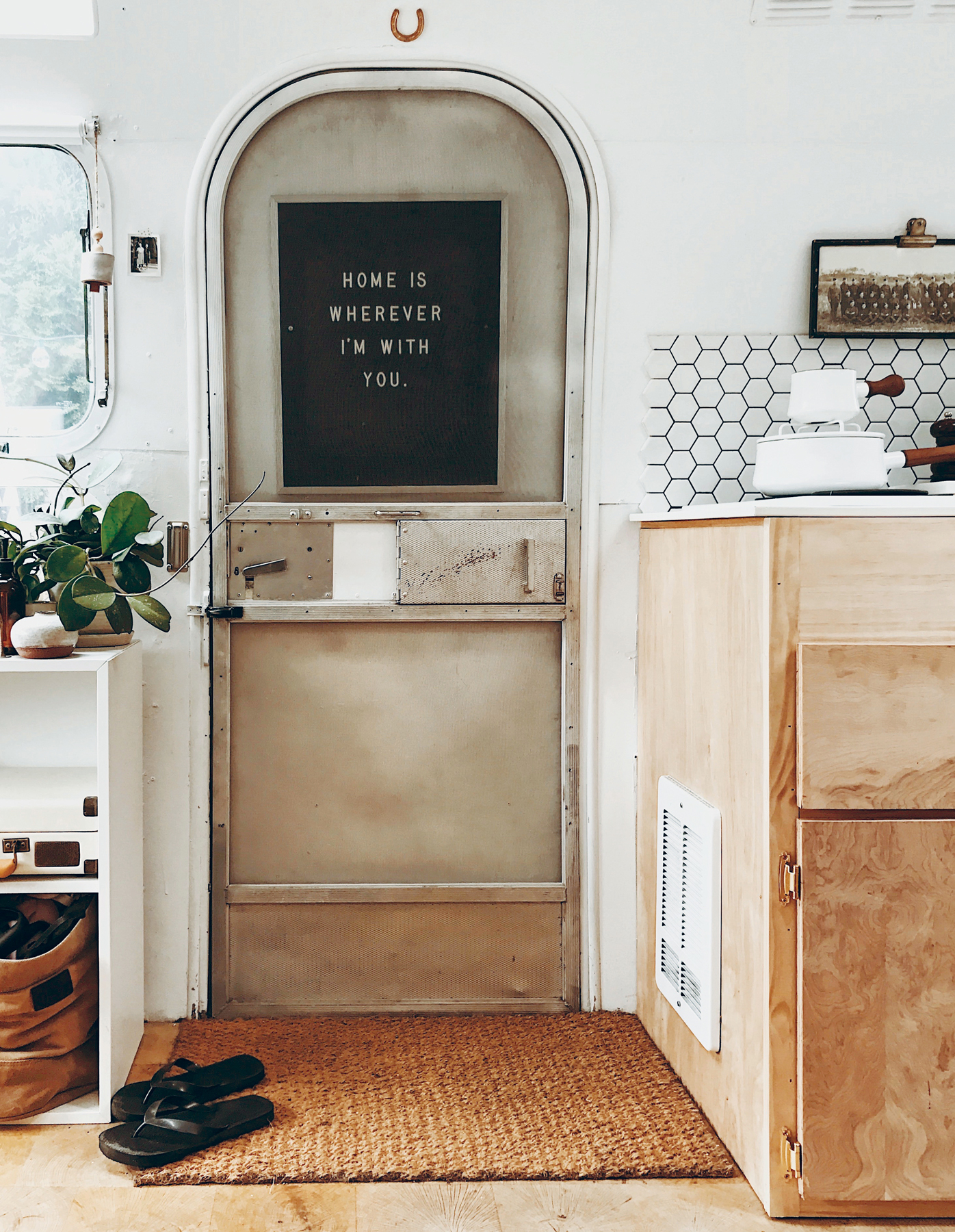
O ur journey to tiny living began with a text. My husband Brett was driving to work, or rather, stopping for coffee and dreading arriving at work. While waiting for his order, he sent me a message, what if we took a year off to travel?
He told me later that this was prompted by a documentary he had recently seen, in which a rich and successful surgeon, who was suffering from depression and feelings of deep unhappiness, sold everything he owned in favor of buying a condo on a beach. After the surgeon quit his job and moved, he chose to spend his days in-line skating up and down the pier and was happier than he had ever been. In changing his life in such a drastic manner, the surgeon had shirked conventional ideas about what should make someone happy and successful. At that time, Brett was feeling stir-crazy and stuck in the day-to-day mundaneseeing that documentary only exacerbated his feelings. So, when he sent his text about quitting our jobs and traveling, he expected my answer to be something along the lines of, yeah that would be nice, with what money? Instead, I texted back, what if we bought a van and lived in it?
We both share a love of travel, so when I received Bretts text, I was game for that part of things. But, when I got to thinking about how we could make it happen from a practical standpoint, I realized that paying for a place to stay is always the most expensive part of travel. But, if we brought a place to stay along with us, we could make it work.
Three months later we were the proud owners of an orange vintage 1978 Volkswagen van that we dubbed Wes Vanderson. (Brett said it looked like a prop from a Wes Anderson movie when he found the advertisement for it; I came up with the name.) Ever the romantic, if I was going to spend six months living in a van, I was going to do it in classic Americana style.
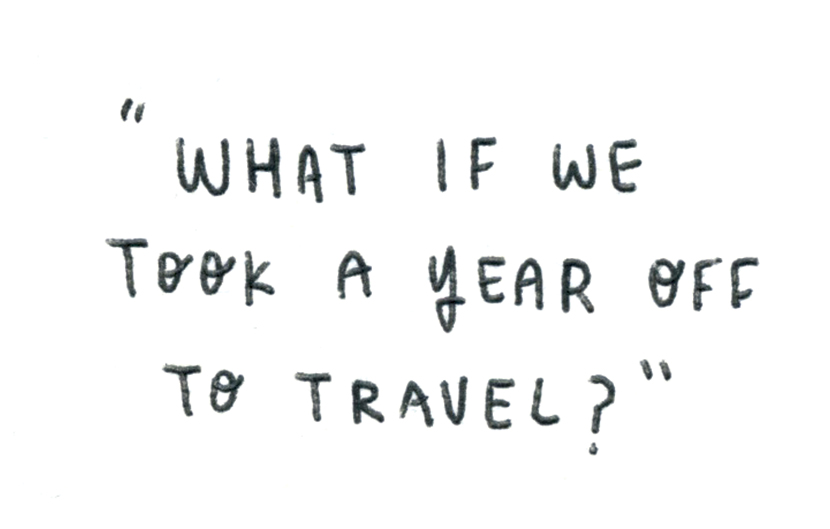
We spent the next six months saving for time off and converting the van from a transporter to a camper van. Once it was finished, we took six months off, heading north from Seattle up through the west coast of Canada and across the entire country to Newfoundlandthe easternmost tip of North Americathen back down in a meandering crisscross all over the United States. We drove and hiked and read and explored and met people from all over. Many of those friends were acquired online, through our newly discovered community of van lifers on Instagram. We connected with people living in vans and recreational vehicles of all types, and as our trip began winding down, we started thinking about what our return home would look like. We had left Seattle at the beginning of the summer, handing back the keys to our apartment and putting everything we owned into a wooden storage pod. We couldnt afford to travel forever and we couldnt afford to buy the cabin we had dreamed of settling into one day, so where did that leave us? We were heading back to a wood crate filled with belongings we didnt miss in a city we couldnt afford. The idea of returning only to move into an overpriced apartment and work jobs that didnt pay a lot just to be able to afford to live in it seemed so awful. It felt like wed be living just to pay bills. It seemed we would somehow be denying the transformative months we had spent living differently if we just settled right back into our old lives like the trip never happened. So we started brainstorming.
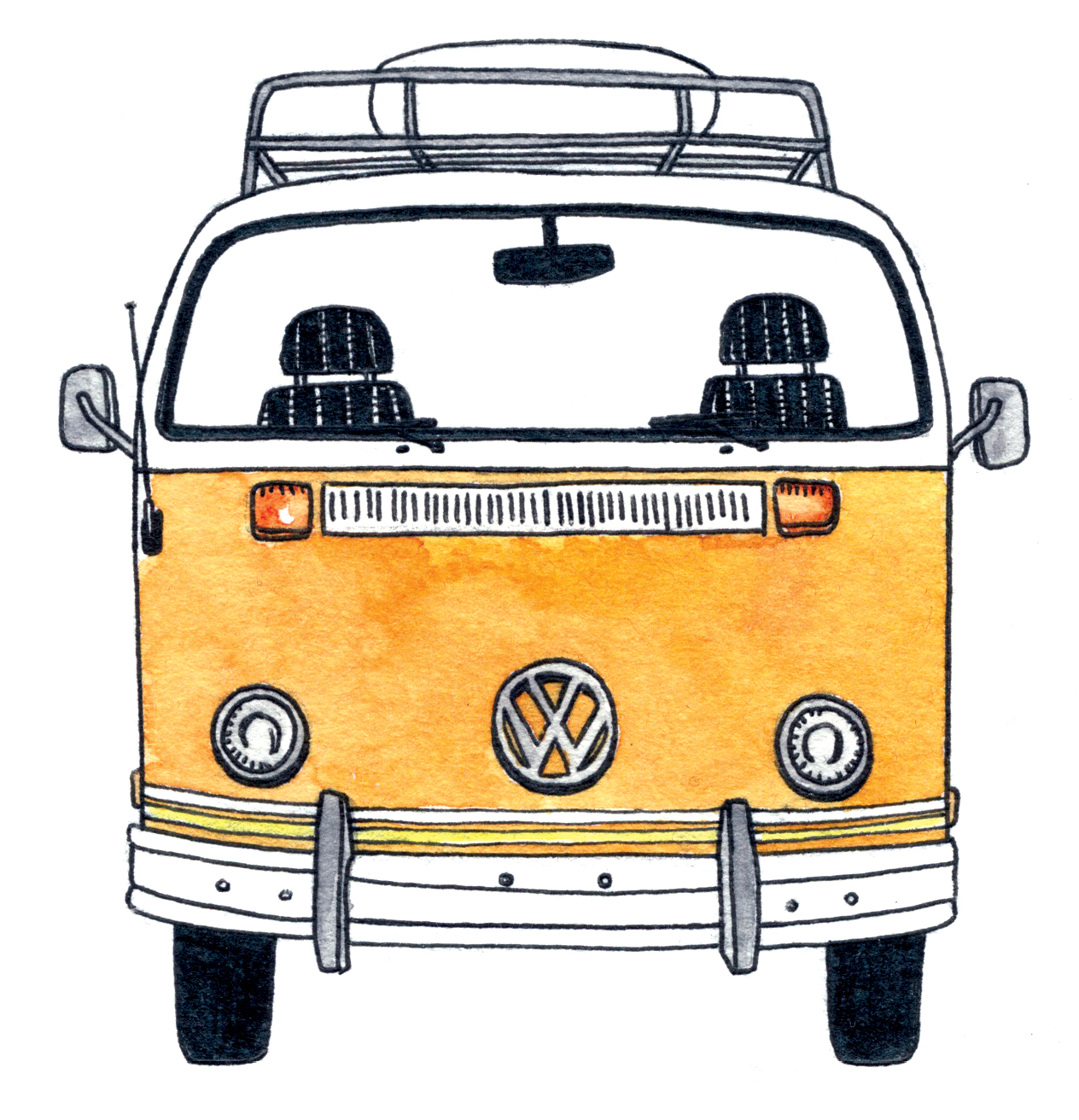
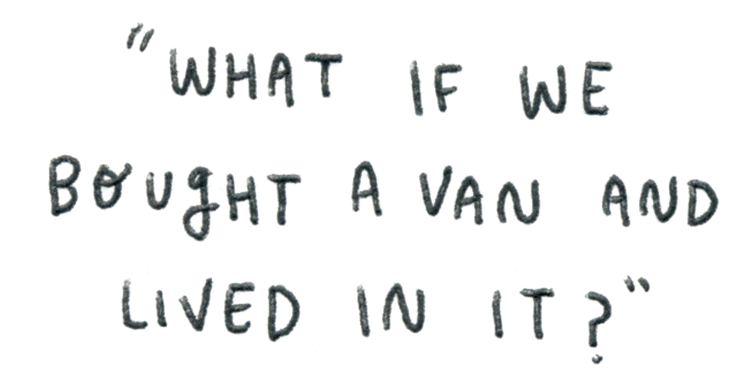
During our wanderings we had connected with a bunch of different nomad families through Instagram. Among those nomads were a couple of ladies under the Instagram handle The Modern Caravan. Kate and Ellen were traveling with their daughter in an Airstream, and I remember being so enamored with the way they had transformed their space. This was right around the time when I was sharing a bed that was only slightly bigger than a twin size with a six-foot-two-inch tall, broad-shouldered man and a dog. Both of them sleep like starfish, with their limbs splayed this way and that, which, among other things, was making van life seem less and less glamorous. In the morning I would untangle myself from a pile of limbs and then see a photo of a room with a gorgeous bed, piled with a fluffy ivory duvet beside a warm birch plywood sideboard and complete with a Chemex coffeemaker, nested in the middle of the woods somewhere. The contrast was stark. I remember being particularly obsessed with the above photo.
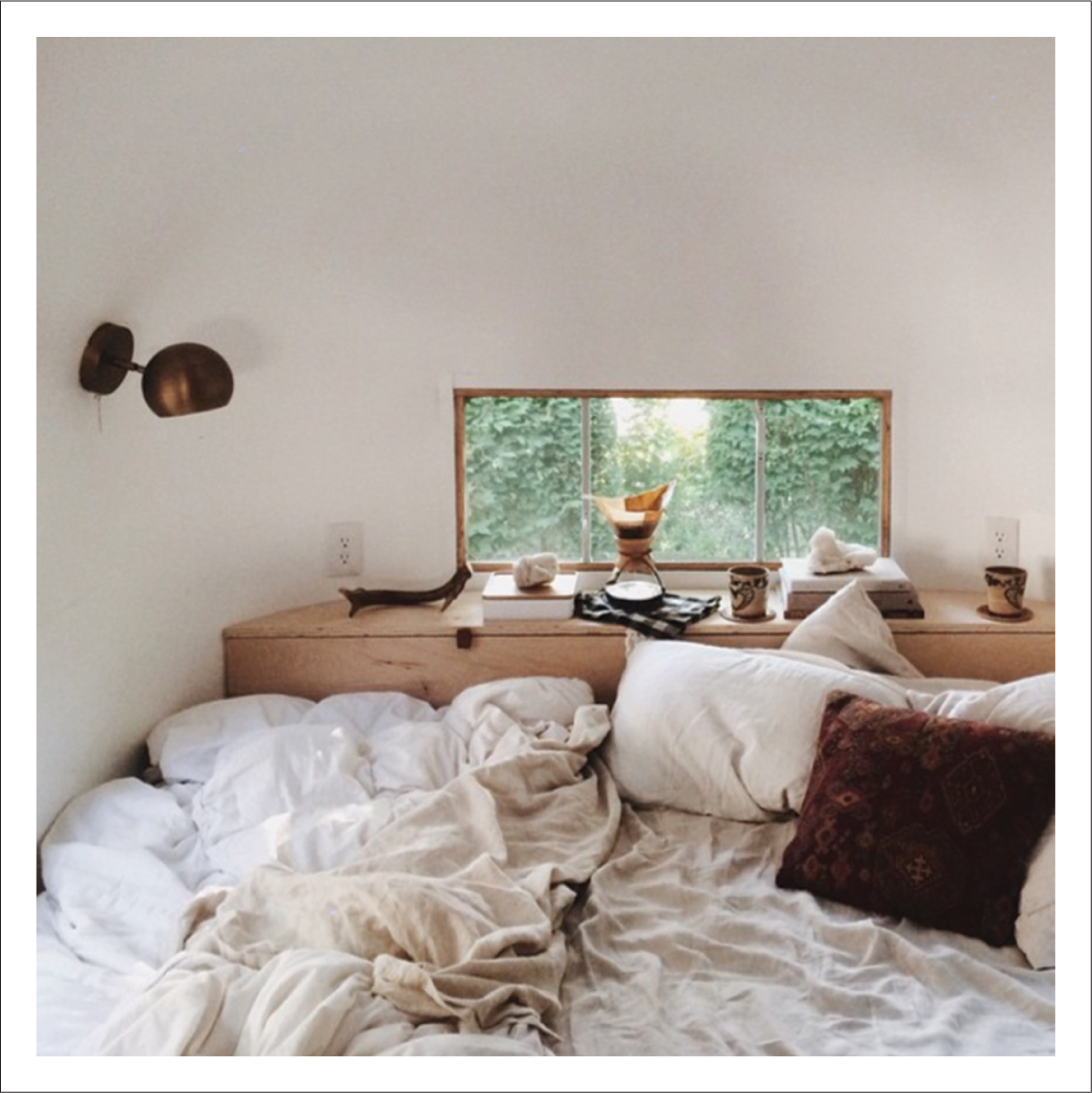
Photo kindly provided by Kate Oliver of The Modern Caravan.
Up until that point every trailer and recreational vehicle I had ever seen was filled with dark wood laminate. Every inch, from floor to ceiling, was crammed with as many utilitarian cubbies as possible (not to mention the awful upholstery). And dont even get me started on showering above a plastic toilet. Its always been incredibly important to me that the spaces in which I exist are aesthetically appealing. Living in an RV seemed to contradict that inclination in every way possible. But, after seeing the way those amazing ladies had transformed their space, it seemed plausible to take on RV life in style. Their space felt so light, airy, and modernand they were pulling it behind them to places like Alaska and Joshua Tree. We loved how untraditional it was. I mean, they had a wood dining room table with hairpin legs! (We had a similar one in Washington, sitting in a crate with everything else we owned.) And so we began to discuss how we could live in an Airstream back in Seattle. We imagined ourselves on a site in the middle of the woods in the Pacific Northwest, building fires outside and falling asleep in a regular-size bed.



